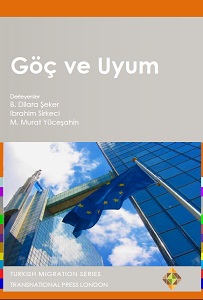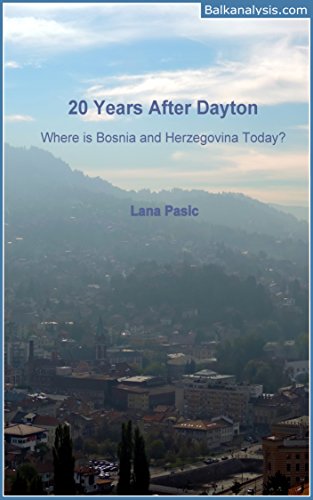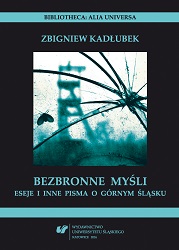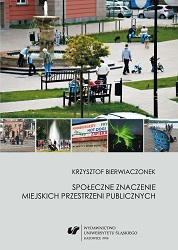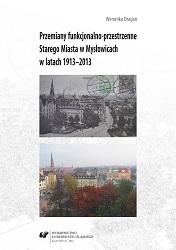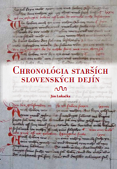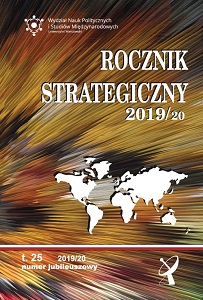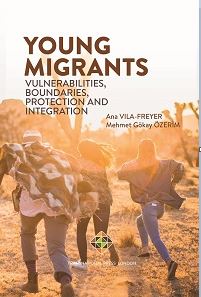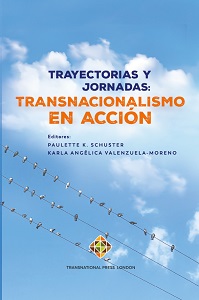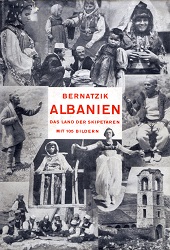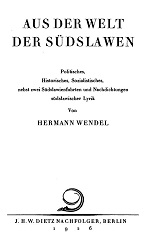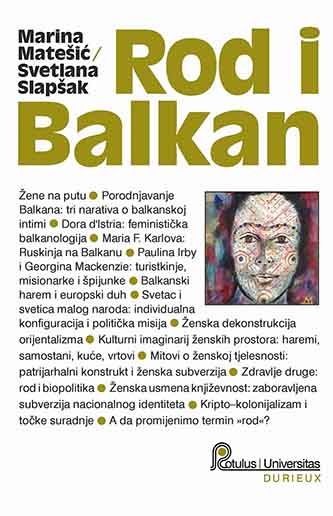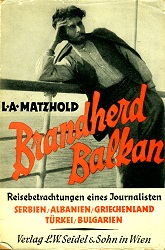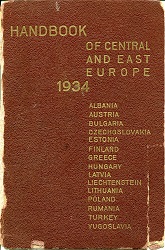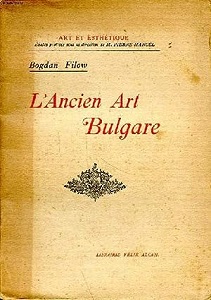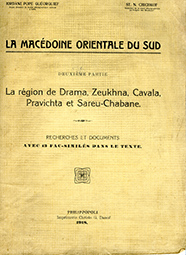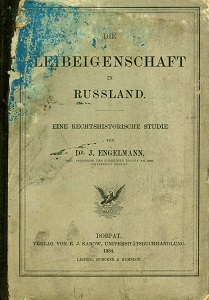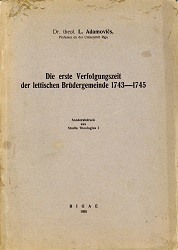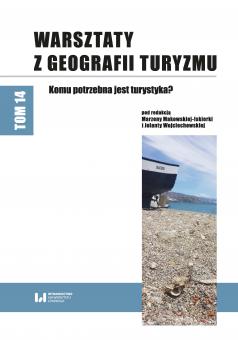Author(s): Weronika Dragan / Language(s): Polish
The scope of research in the book is the oldest part of Mysłowice, i.e. the Old Town, which, constitutes at the same time the historical core of the town. In the area of the Old Town two parts can be distinguished: the one with preserved medieval urban layout and the other, the so-called new town – which developed in the 19th century with the impact from the train station.The book presents the changes in space and in function that occurred within the Mysłowice Old Town between 1913 and 2013. The lower end of the time range was included in the period referred to as the “golden years” of Mysłowice, dating back to the years 1862–1915. At that time, the town gained its momentum of development, when, next to the dynamic development of the mining and metallurgy industries, as well as spatial expansion, also the gateway function of the town strengthened due to its location on the border of three countries: Prussia, Russia and Austria. Unfortunately, the outbreak of World War I and, consequently, the shift of the state border to the west produced a situation that from the beginning of the 1920s, caused Mysłowice to take a negative path of development – today the town is almost unknown to the general public awareness.Despite the well-developed research on functional and spatial structures of towns located in the Katowice region, there is a clear shortage of such studies for Mysłowice. The literature on the town under examination lacks comparative studies. This proves that the present study is complementary and enriches the field with its dynamic approach and the comparative and explanatory analysis of the town’s evolution. It also allows for an entirely fresh look at the research problem – namely from the geographical and historical points of view. Additionally, this work provides valuable information on urban planning and spatial development of the Old Town district, and points to the determinants of the development of modern functional and spatial structures of the studied area.The book is theoretical and empirical in its character, which is also reflected in its layout. The first chapter contains the methodological and theoretical principles of the conducted research. Theoretical concepts explaining the functional and spatial structures of the towns were arranged in chronological order of their creation, which, in turn, allowed for obtaining a complete picture of the studied subject. The second chapter, on the other hand, presents a historical outline of the town’s development and the location of Mysłowice against the backdrop of the processes shaping other centres of the present Katowiceconurbation.The next two chapters relate to the empirical studies on restoring the functional and spatial arrangement of 1913 and 2013, and to determining the conditions affecting the development or regression of Mysłowice. Firstly, a reconstruction of the spatial arrangement and institutional base for 1913 was made, and the town's role at that time was presented, as well as its international links. The whole of the analysis was closed with an attempt to clarify the nature of the spatial and functional arrangement of the town based on the concept of gatewaytowns.The fourth chapter is devoted to contemporary research on the spatial and functional arrangement of the Old Town in Mysłowice, as well as the degree of degradation of the Old Town district and the processes of its regeneration and renewal. In explaining the recourse of the research area, a reference was made to the concept of dissipative structures in relation to the functions of Mysłowice.The last chapter presents the dynamics of functional and spatial transformations. At this stage of the study, a comparative analysis was conducted for the two selected years, and an attempt was made to explain the resulting direction of transformations. On this basis, the transformations of spatial development, the transportation system and distribution of functions in the Old Town were described. What is more, generalizations were made in the form of a scheme of conditions, urban transformations from the Middle Ages to modern times and the evolution of the importance of Mysłowice. In addition, the end result of the conducted research was the model of functional and spatial structure transformations and functions of the Old Town, also relating to the whole process of spatial evolution and showing the sinusoidal character of urban transformations. The author used a variety of methods that allowed for both the recreation of the two functional and spatial systems as well as to indicate transformations. The study included two types of research, namely the query of archival (cartographic and written) materials and an urban inventory. The result was the creation of an institutional base for two selected research periods (1913 and 2013), which were used for the reconstruction of the functional and spatial plan of the Old Town. In addition, during the compilation of empirical data, a series of statistical methods were applied that later allowed for the comparison of results for the two years, including Zioło’s synthetic index, Pearson’s correlation coefficient, and Doi’s method, etc. However, in the interpretation of cartographic materials, the method of town plan analysis developed by Conzen was used, which was conducted based on the sequence of chronologically listed plans of Mysłowice.The book uses both sources typical for historical research (diaries, newspapers), geographical research (cartographic materials) and urban research (sketches and urban planning documentation). In addition, iconographic sources proved to be helpful allowing for, among others visualizing the content of the literature and town plans. Cartographic materials consisted of archival plans and maps of Mysłowice, both large and small-scale, dating from the 19th, 20th and 21st century. The written materials, in turn, comprised mainly address books (Adressbuch) of Mysłowice from 1901–1914, as well as The Official List of Telephone Network Subscribers of 1929. These materials were used to reconstruct the institutional base for 1913. Moreover, other written sources used in the study were historical monographs devoted to the town, the press, and even literary passages, for example Pamiętniki (Diaries) by Kraszewski.The particularity of the research on spatial functionalism refers in the present study to the level of individual buildings, or parcels, of the Old Town district of Mysłowice. Such a approach was possible thanks to obtaining access to the abovementioned historical source materials, as well as detailed field studies undertaken in 2013. Each of the disciplines referenced to in this study provides a different perspective on the town. The geographical perspective refers to the attributes of space and relationships, the economic approach – to functional values, the historical view – to aspects of spatial transformations over time (historical dynamism), and the urban approach – to planning practicality. The conducted research and explanations refer to the evolutionary approach and also to the system approach by showing the transformations of the Old Town against the background of the whole urban centre. The basic theory, applied in the research, were the principles of the genetic and functional approach relating to the evolutionary research conduct. Moreover, in order to offer a fuller understanding of the direction of the ongoing changes of urban space, a reference was made to the theory of dependency on the path of development, which allowed for explaining, in general terms, the direction of the economic and spatial evolution of the town. In turn, the difference between the two distinguished stages under examination required the use of another two theoretical approaches: the gateway cities concept (for 1913) and the notion of dissipative structures (for 2013). The preparation of models referring to the applied theoreticaldepictions after each stage of the research constituted a specific form of a summary and systematizing the ongoing changes. The book is one of the few studies combining various kinds of cartographic, written and material sources. This necessitated using methods that had to conform to the research relating to the past as well as the present.The book presents a study based on two time frames “taken” from the course of the historical evolution of the town, therefore they could constitute a prelude to further, much more in-depth analyses. Moreover, such research can be conducted for other towns of the Katowice conurbation and even of the Upper Silesia region. This would allow for a comparative analysis of inner-city changes taking place in various urban centres and a determination of the trajectory of future changes. On the other hand, the studies on space and economy of the Old Town could be helpful in developing local regeneration programmes, zoning plans for the Old Town district and a study of conditions and directions of spatial development.
More...
